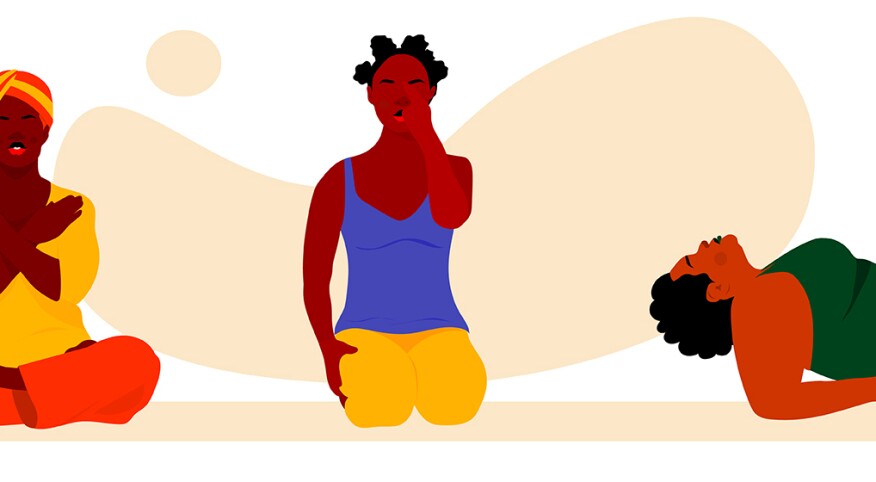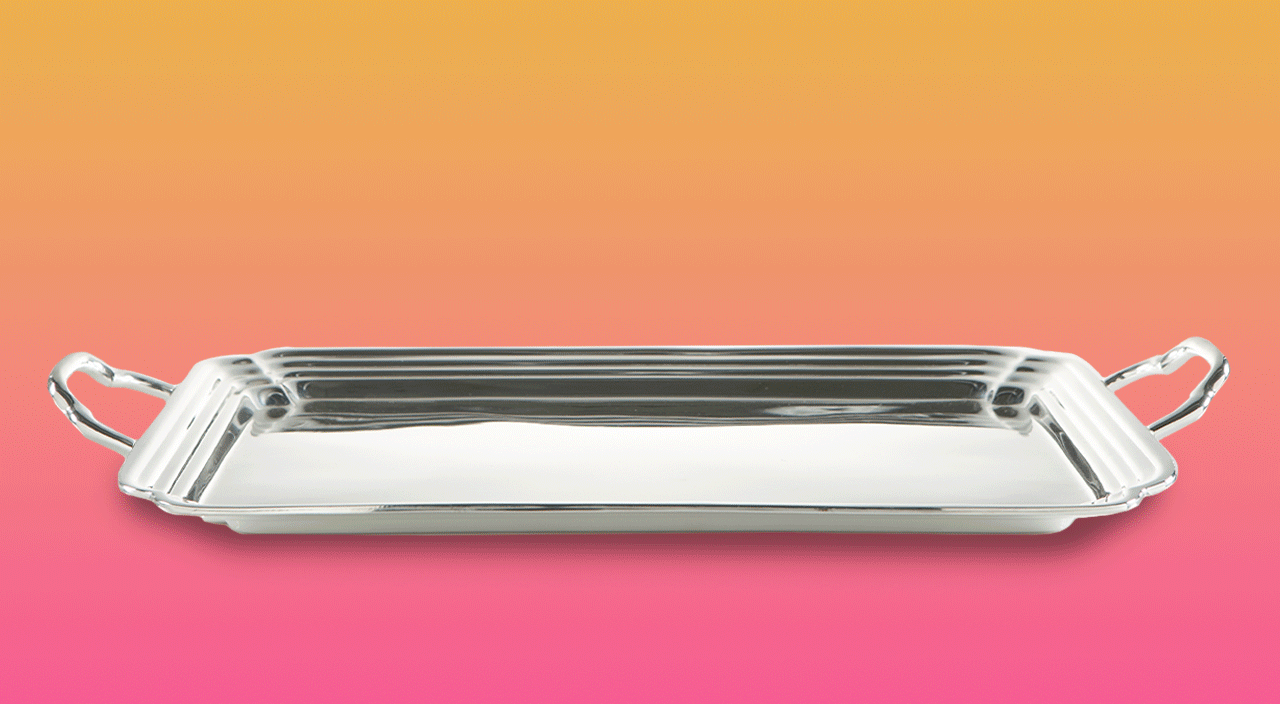Ever wake up, start the day and then decide, maybe I should just curl back up under the safety of my comforter? It happened to me in December. First, there was no hot water. I had several writing assignments to complete and the laptop decided it would take an extended sleep cycle. Then the furnace decided it wasn’t going to turn on either. All this in one day!
While I didn’t think I was affected by any of this, my body was telling me otherwise. Even when all those breakdown issues were finally resolved, all the tasks I knew I had to finish before the year was up started buzzing around in my head. Suddenly I felt overwhelmed and my body was giving me signals that it was not pleased.
“Our mental health impacts every aspect of our lives and even our physical bodies,” says breath work practitioner Jasmine Marie, CEO and founder of the wellness platform, Black Girls Breathing. “Research shows that a taxed nervous system can manifest in physical ailments and challenges beyond stress. What if we were more tuned-in to the moments when we could feel the shift from our bodies feeling calm and grounded to anxious and stress and tapped into a tool that could help bring us back to center? That's what the tool of breath work has done for me and the hundreds of Black [women] my work has touched.”
I can certainly vouch for this. As Marie explains, “Breath work is an active meditation that helps to shift the effects of trauma that has manifested in our bodies out of the body by reframing our nervous system’s response to certain triggers, along with decreasing stress and anxiety.”
One of my favorite breath work patterns connects to a natural practice our body already does when we feel overwhelmed, stressed or frustrated. We often let out a big sigh!
When I felt my chest tighten and anxiousness set in, I took a moment to sit down, stopped thinking about all I had to do and started a simple deep breathing exercise, slowly breathing in and out to a count of five. I calmed down and was able to focus on which project needed to be addressed first.
According to the American Lung Association, breathing exercises assist the diaphragm in keeping our lungs healthy by helping it fill the lungs with oxygen and rid the lungs of accumulated stale air. Slow, controlled breathing exercises and techniques can help increase relaxation, reducing stress, anxiety, even anger and depression, as opposed to fast breathing, which is linked to anxiety and stress. According to the journal Cognition and Emotion, research has also shown that different emotions have been associated with different forms of breathing, so changing how we breathe can change how we feel. For instance, it allows us to focus when we anticipate a stressful situation, to think more clearly and perform tasks and solve problems.
“One of my favorite breath work patterns connects to a natural practice our body already does when we feel overwhelmed, stressed or frustrated. We often let out a big sigh!” says Marie. “So we can do this practice whether sitting down at a desk, lying on the bed, while waiting in traffic.” Inhale through the nose, letting the belly rise and the lungs expand. Then exhale out the mouth with a sigh. “On the exhale, you audibly make a loud sigh. See how your shoulders move with the exhale, envision anything that’s weighing you down shifting out [of] that part of the body and hitting the floor.”
You can also try this five-minute relaxation meditation to relieve stress and help you stay calm and focused.
The breathing techniques below are effective for stress relief. Repeat the exercises for five to 10 minutes. If you set a timer on your smartphone, you’ll be amazed at how quickly the time passes. It’s common to feel lightheaded in the beginning. Talk to your doctor before trying breathing exercises, especially if you have conditions such as COPD or asthma.
Pursed Lip Breathing
Benefits: Pursed lip breathing helps increase the amount of oxygen entering the body, strengthening the lungs. It’s helpful to do this when you experience shortness of breath.
How to do it: Breathe in through your nose for two seconds. Purse your lips, as if you’re about to whistle and breathe out through your mouth for a count of four. The breath out should be twice as long as the breath in.
Diaphragmatic Breathing
Benefits: Studies reveal that diaphragmatic breathing lowers cortisol levels, reducing stress, anxiety and depression, and helps improve cognitive performance.
How to do it: While in a seated position or lying down, place one hand lightly on your belly right above the navel and the other on your chest. Slowly inhale for about four seconds. You should feel your hand move outward as your belly gently and smoothly expands like a balloon while your chest should be as still as possible. Purse the lips and breathe out for six seconds, letting the stomach relax and slowly deflate.














